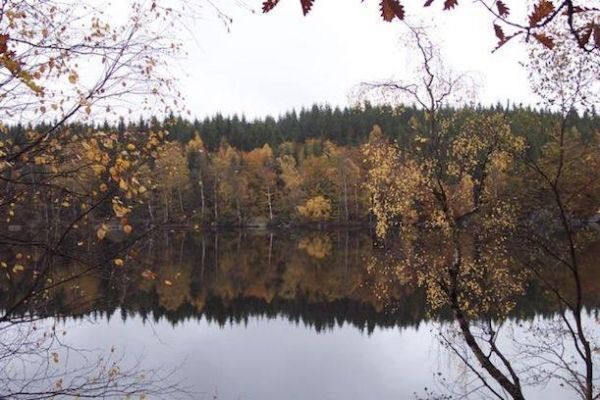The study was carried out on the Lyckebyån River in southeast Sweden. However, Martin Škerlep, doctoral student at Lund University and the leader of the study, believes the results are relevant for why the water has turned brown in other running waters and lakes in northern Europe and North America.
To be able to apply the study in these areas, there must have been an increase in forest volumes in the surrounding catchments.
The researcher team has investigated the change in water colour over the past 79 years, since 1940 when the Karlskrona municipality started to archive data from the samples of the drinking water supply. Martin Škerlep says that the frequency of the testing (nearly daily) and the time period covered by the data series (from 1940 until today) is what makes the study unique.
Continue reading at Lund University
Image via Lund University


